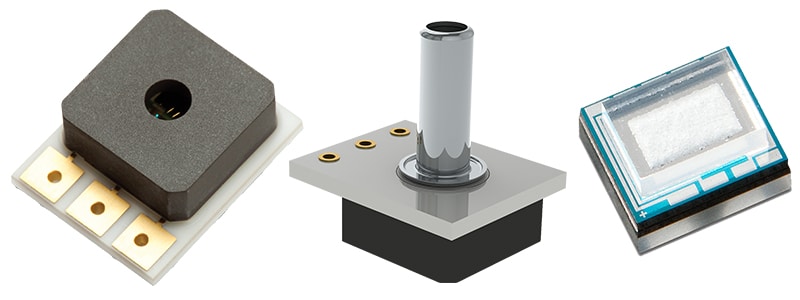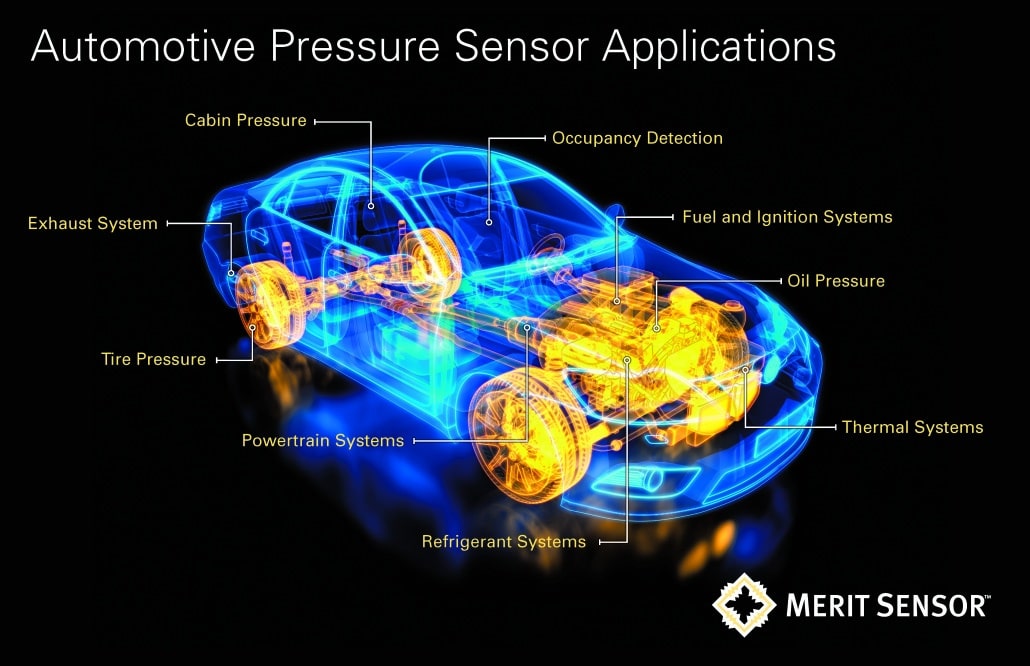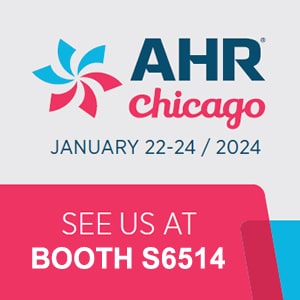Custom Pressure Sensors for the Aerospace Industry
The aerospace industry is known for having some of the harshest environments on the planet and finding a pressure sensor to withstand those harsh environments can be extremely difficult. The TR Series pressure sensor and HM Series MEMS sensing element are built to withstand temperatures as low as -40°C and as high as 150°C, making them ideal candidates for the Aerospace industry. The TR Series and HM series measure pressure via direct media pressure sensing to the backside of the die. Direct media pressure sensing translates into excellent system design flexibility leading to lower cost and ease of manufacture.
So whether your application is Flight control surface positioning, auto-pilot, jet engine throttle and thrust reverser controls, auto-pilot input, landing gear steering and thrust vector control, turbine guide vane, valve controls, turbine actuators, and engine controls or any other number of Aerospace applications Merit Sensor has the right sensor assembly or MEMS sensing element for you.
Merit Sensor Systems, Inc. has partnered with customers for more than 20 years to design, fabricate, assemble and package reliable, cost-effective piezoresistive pressure sensor solutions.
Merit Sensor offers full-service design capabilities, in-house wafer fabrication, flexible shipping, packaging and assembly, piezoresistive technology (PRT), expansive pressure ranges (0.15 psi to 15,000 psi), complete pressure measurement (absolute, gage, differential and vacuum). Additionally, Merit Sensor is able to provide unparalleled flexibility to customize pressure sensing solutions to fit into our customers’ applications. Most customers in the Aerospace industry require a high level of customization because of the demand of the applications.
Unlike other pressure sensor suppliers, Merit Sensor can provide customers with completely customized pressure sensor designs with large or smaller/limited production runs. Our customers range from pressure sensor transducer manufacturers who are already experts in pressure sensing technology and rely on Merit Sensor for highly stable and sensitive MEMS sensing elements (bare die), to customers who have little to no experience in the pressure sensing world and look to Merit Sensor to assist with a completely custom design and implementation of a pressure sensor that best fits their application.
At Merit Sensor our engineers are application experts. We are ready to help customers design your application to work with a pressure sensor, and/or design a customized pressure sensing solution that works for your application. If you are unsure whether a pressure sensor is right for your application, Merit Sensor can help you make that determination.
More questions? Request a quote for a pressure sensor to meet all your automotive engineering needs.


